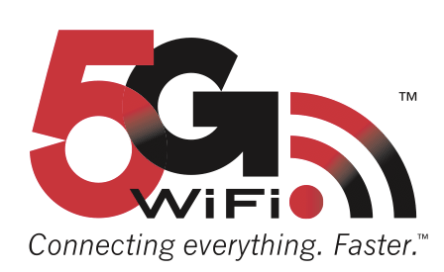Wireless technology is an intrinsic part of everyday life. Whether it’s for mobile work, communication, entertainment or staying informed, the ability to have wireless connectivity anywhere we go is critical. The landscape of wireless is changing. It is faster and more widely available now than it ever has been in the past. Let’s explore how the new normal in wireless is shaping the commercial real estate industry for landlords and tenants. One of the ways in which connectivity has affected consumers is the time they spend in an establishment. A shopping mall for example, will see their crowds linger if they have better service inside the building or stores. Sporting venues throughout the world are spending millions of dollars on infrastructure enhancements to be able to give fans the ability to keep up with other games in real-time, a reason many fans cite as a motive to stay home and watch multiple games simultaneously. Brian Schwartz, vice president of IT at Macerich, said on a recent Realcomm webinar that there are several ways to enhance connectivity. Improving Wi-Fi, distributed antenna systems (DAS), CBRS and newer tech like LPWAN and expanding use of sensors, will all play a role for the connected customer. LPWAN is key for transmitting significant amounts of data over long distances and was created for machine learning and IoT interconnectivity. They are able to support a large number of devices at ultra-low power. It has become an expectation that venues provide Wi-Fi connectivity. It should be readily accessible and free to use, which means it doesn’t generate revenue, but it could be a source of gathering analytics. Property managers should require users or guests to sign in using an email or phone number, opt into a newsletter or some sort of...
Ready for 5G?
Speeding things up
A new mobile technology has appeared approximately every decade since the first 1G system was introduced in 1981; 2G networks were made public in 1992, 3G rolled out in 2001, and 4G systems were standardized in 2012. Today, most of the world is rolling out 4G networks, but the Koreans are pushing for 5G mobile communications technology. They say it will be delivered to consumers by 2020. Samsung Electronics announced the successful outcome of their attempt to develop the world’s first adaptive array transceiver technology operating in the millimeter-wave Ka bands for cellular communications. More precisely, they’ve been successful in testing the super-fast successor of 4G Long Term Evolution (LTE), hitting a speed of 1.056 Gbps in tests, at a frequency of 28 GHz and to a distance of 2 kilometers. This represents the core of the 5G mobile communications system, this is what will make possible to transmit data up to several hundred times faster than current 4G networks. Once the 5G networks start being commercialized, users will be able to transmit massive data files, high quality digital movies “practically without limitation.” Fast, seamless downloads of 3D movies and games, real-time streaming of ultra high-definition content and even remote medical assistance will be available to subscribers. “The millimeter-wave band is the most effective solution to recent surges in wireless Internet usage. Samsung’s recent success in developing the adaptive array transceiver technology has brought us one step closer to the commercialization of 5G mobile communications in the millimeter-wave bands,” said Samsung executive vice president and head of digital media and communication R&D ChangYeong Kim. Although this sounds like a breakthrough, Samsung is not the first company to have developed the core tech for 5G networks. NTT DoGoMo, in collaboration with the Tokyo Institute of...


